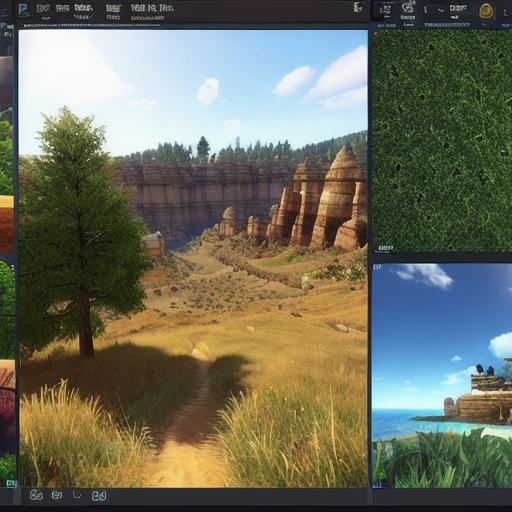Learning how to develop a game is an exciting and challenging journey, especially when it comes to building a 2D game with a powerful tool like Unity. With Unity’s vast library of resources, tools, and features, you can create engaging and interactive games with ease, no matter your experience level.
In this article, we will explore the basics of learning 2D game development in Unity and provide you with a step-by-step guide on how to get started. We’ll also cover some tips and tricks for making the most out of Unity’s features and resources to help you develop your skills.
Step 1: Set Up Your Development Environment
Before you start building games with Unity, you need to set up a development environment that supports it. To get started, you will need a computer with the following minimum requirements:
- Operating System: Windows 7 or later, macOS 10.9 or later, Linux (Ubuntu 14.04 or later)
- Processor: Intel i5 or better, AMD FX 8320 or better
- RAM: At least 4GB of RAM
- Graphics Card: Dedicated GPU with at least 512MB of VRAM (Intel HD Graphics 6200 or better, AMD Radeon R7 256 or better)
Once you have set up your development environment, you can download and install Unity from their official website.
Step 2: Learn the Basics of Unity
Before diving into game development, it’s essential to learn the basics of Unity. Here are some key concepts that you need to know:
- Scenes: A scene is a 3D space where objects and characters can move and interact with each other. In Unity, you create scenes using a drag-and-drop interface in the Hierarchy window.
- Layers: Layers allow you to organize your objects in the scene by type or purpose. For example, you might have one layer for gameplay objects and another for UI elements.
- Prefabs: Prefabs are reusable assets that you can use throughout your game to save time and effort. You create prefabs by dragging an object onto the Prefabs folder in the Project window.
- Transformations: Transformations allow you to manipulate objects in the scene, such as moving them around, scaling them up or down, or rotating them.
- Scripting: Unity supports various scripting languages, including C and JavaScript. You can use scripts to add interactivity and behavior to your game objects.
Step 3: Create Your First Game Asset
Now that you have learned the basics of Unity, it’s time to create your first game asset. Here’s how to do it:
- Open a new scene in Unity by going to File > New > Scene.
- Drag an object from the Assets folder onto the Hierarchy window. This object will become the starting point for your game asset.
- Use the Transform component to move, scale, and rotate the object as needed.
- Use the Rendering component to add visual effects to the object, such as textures or colors.
- Add any additional components or scripts that you need to make your game asset functional.
Step 4: Build a Simple Game
Now that you have created your first game asset, it’s time to build a simple game using it. Here’s how to do it:
- Create a new script for your game by going to Assets > Create > C Script or Assets > Create > JavaScript.
- In the script, add code to control the behavior of your game asset. For example, you might create a script that makes the object move when the player presses a key on the keyboard.
- Attach the script to the game asset in the Hierarchy window.
- Add additional game assets, such as characters or obstacles, and attach scripts to them.
- Use the Unity Editor’s built-in tools to create levels or scenes for your game.
- Test your game by pressing the Play button in the Editor or building a standalone executable for Windows, macOS, or Linux.

Step 5: Improve Your Game Development Skills
Now that you have built your first simple game, it’s time to improve your game development skills and explore Unity’s more advanced features. Here are some tips to help you get started:
- Practice makes perfect: The more you practice building games with Unity, the better you will become at it. Try to build as many different types of games as possible to gain a diverse range of experience.
- Learn from others: Join online communities or forums dedicated to Unity game development to learn from other developers and get feedback on your work. You can also find plenty of tutorials and video courses online that can help you improve your skills.
- Experiment with different techniques: Unity has a vast array of tools and features that you can use to create unique and engaging games. Try experimenting with different techniques, such as using particle effects or creating custom shaders, to see how they can enhance your game.
- Keep learning: Game development is an ongoing process, and there is always something new to learn. Stay up-to-date with the latest trends and techniques in game development and keep practicing to improve your skills.
Conclusion
Learning how to develop a 2D game with Unity can be an exciting and rewarding experience. With its vast library of resources, tools, and features, you can create engaging and interactive games with ease, no matter your experience level. By following the steps outlined in this article and practicing regularly, you can become a proficient game developer in no time.
